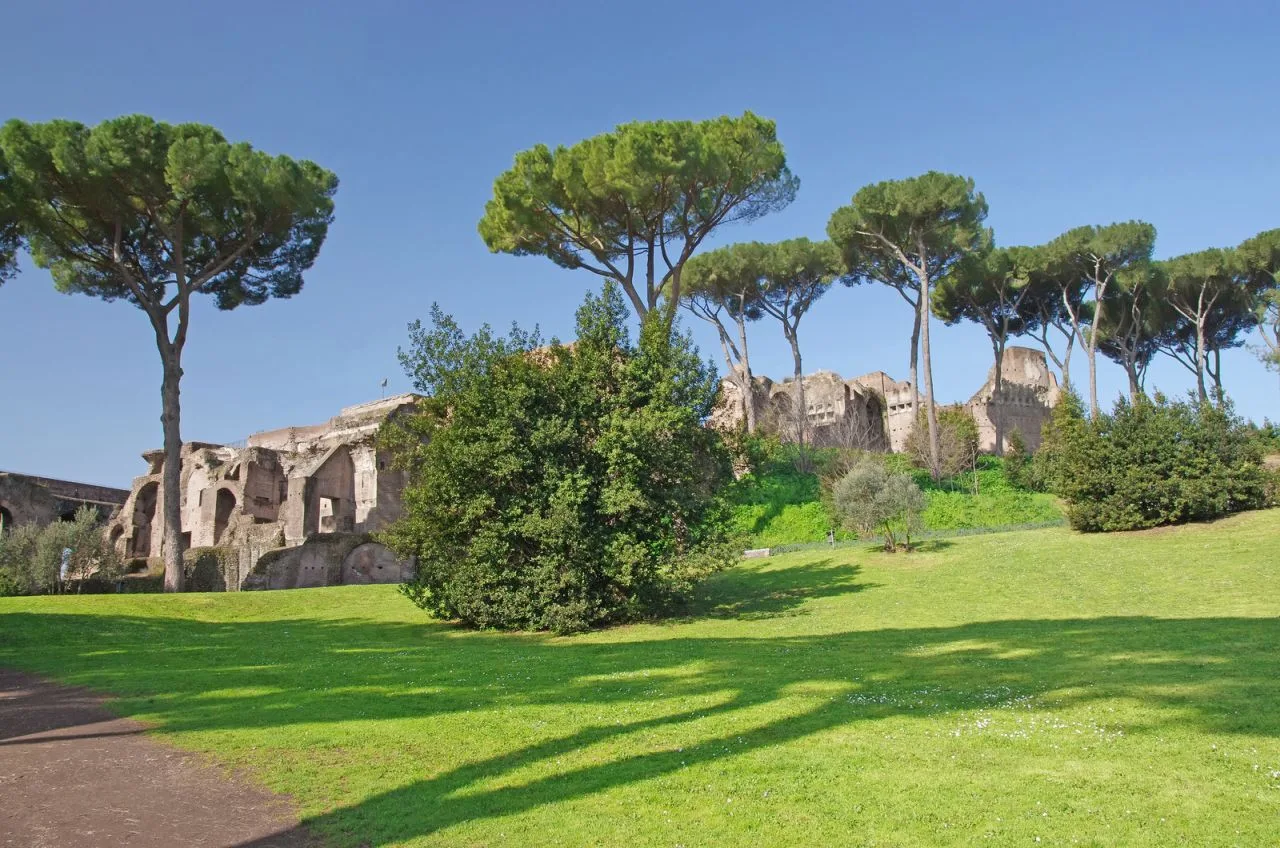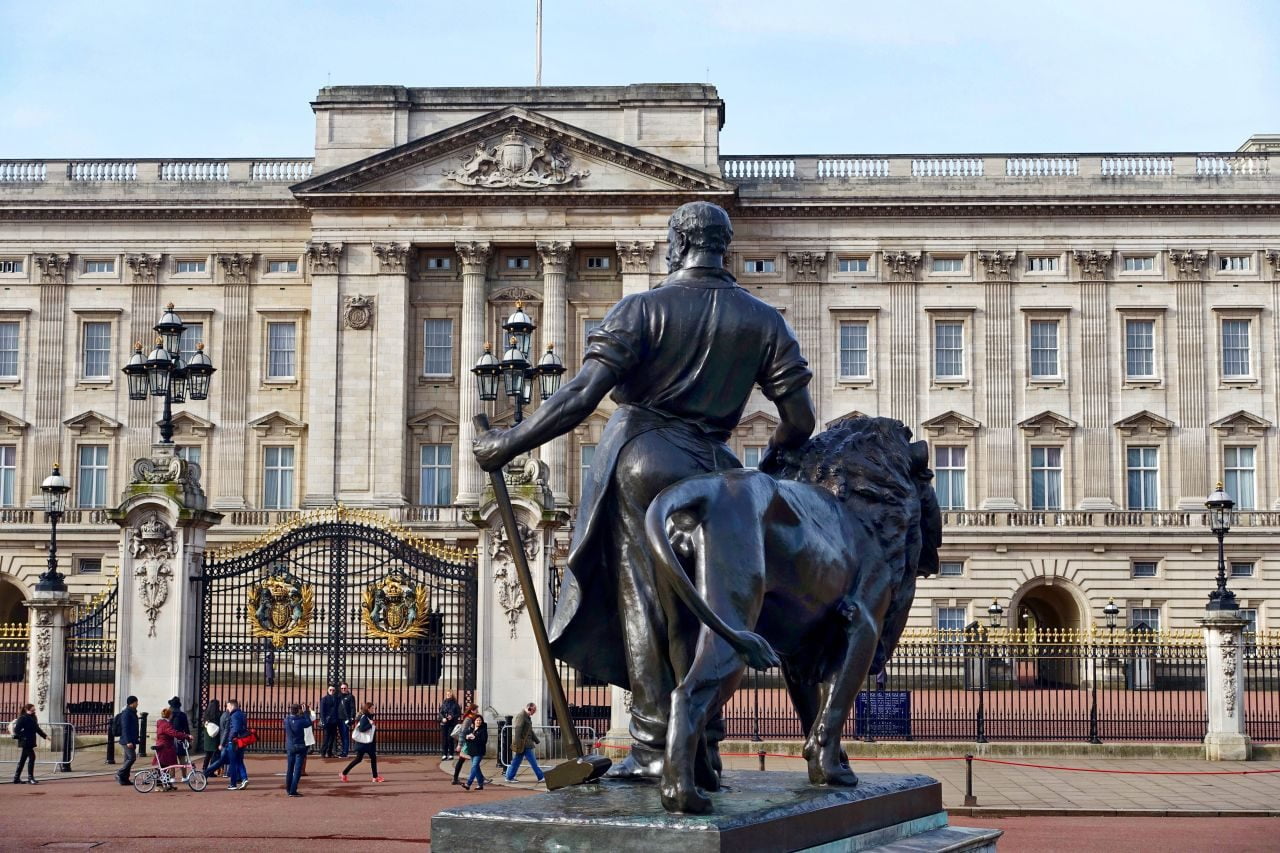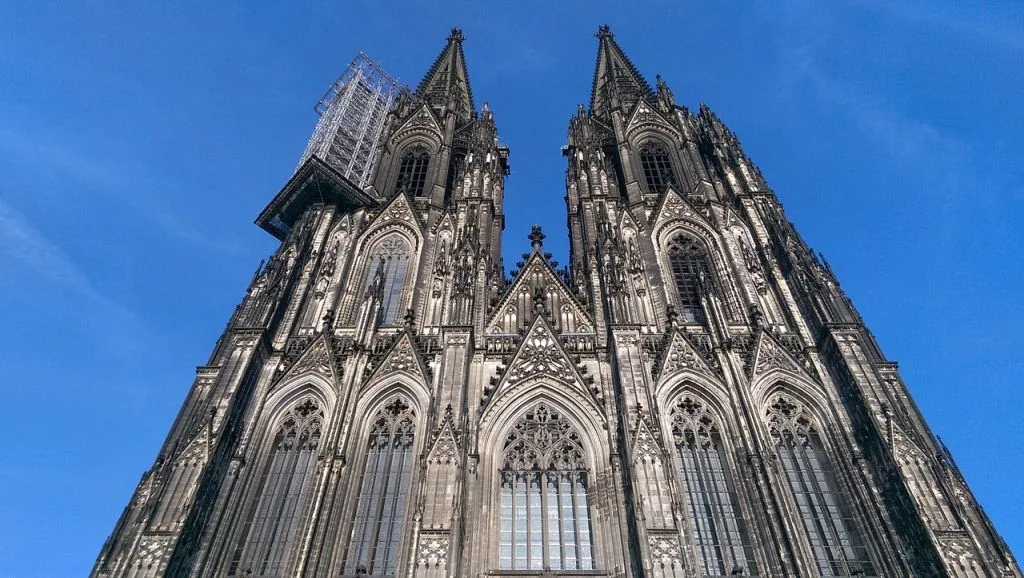Palatine Hill
Address
Via di San Gregorio, 30
GPS
41.8878315, 12.4897332
Located 40 meters above the Roman Forum, the Palatine Hill is the most central of Rome’s seven hills, and is one of the city’s oldest parts.
The oldest section of Rome, Palatine Hill, is located 40 metres (130 feet) above the Roman Forum and is the most central of Rome’s seven hills.
It is widely accepted that the first inhabitants of the Italian capital settled on Palatine Hill around 1000 B.C.
During the Republican Era, wealthy Roman people moved to Palatine Hill and constructed grand palaces, remnants of which can be seen today.
The legend
Luperca, the she-wolf who raised Romulus and Remus, lived in a cave on Palatine Hill, according to Roman mythology. The tale goes that as adults, the brothers agreed to start a city on the banks of the river, but they couldn’t agree on some details, so Romulus killed his brother Remus and went on to found the city of Rome.
Places of interest on Palatine Hill
Numerous impressive ancient Roman structures built for the upper classes can be seen in their ruins on Palatine Hill. While the entirety of the scene is amazing, the following elements are particularly noteworthy:
The magnificent palace known as Domus Flavia. Domus Flavia, a public and official home, was commissioned by Emperor Domitian and constructed in 81 B.C. Some remnants of the massive building project are still visible.
 The House of Livia is a small residence from the 1st century B.C. that is one of the best surviving structures on Palatine Hill. Mosaics and frescoes once brightened the walls and ceilings, and their remnants can still be seen today.
The House of Livia is a small residence from the 1st century B.C. that is one of the best surviving structures on Palatine Hill. Mosaics and frescoes once brightened the walls and ceilings, and their remnants can still be seen today.
The two-story House of Augustus was Octavian Augustus’ personal residence. Many of the original, priceless murals that adorned its walls can still be seen today.
The Farnese Gardens, located on the site of the former Palace of Tiberius and laid up about the middle of the 16th century, are among the earliest examples of European botanical gardens.
Although the Hippodrome of Domitian looks like a Roman circus, it is unclear whether or if it was built for sporting events or simply as a garden.
The Palatine Museum is a tiny museum that displays artefacts found during excavations on Palatine Hill. Treasures from Palatine Hill’s heyday include sculptures, frescoes, mosaics, and more.
 The best aerial views of the Roman Forum may be had from Palatine Hill.
The best aerial views of the Roman Forum may be had from Palatine Hill.
Enjoy the shade of the trees while strolling past several well-preserved remnants of ancient Rome on Palatine Hill. The best way to see the city’s top attractions—including the Colosseum, Roman Forum, and Palatine Hill—while avoiding the crowds is to book our trip.
Since the Roman Forum and Palatine Hill together encompass such a large area, it’s well worth spending half a day exploring both.
OPENING HOURS
Monday
8:30 – 19:30
Tuesday
8:30 – 19:30
Wednesday
8:30 – 19:30
Thursday
8:30 – 19:30
Friday
8:30 – 19:30
Saturday
8:30 – 19:30
Sunday
8:30 – 19:30





